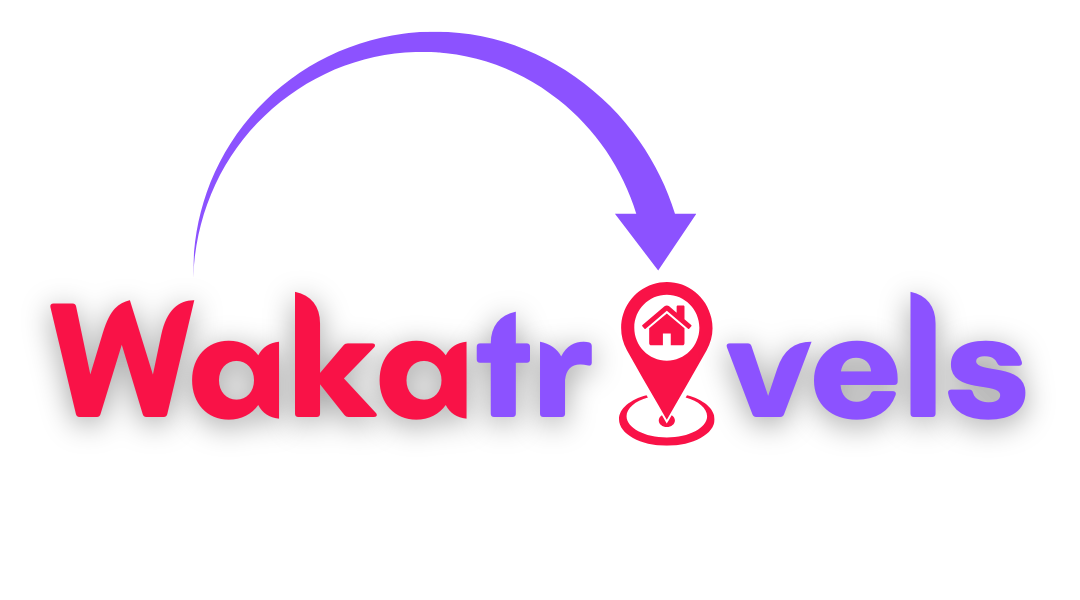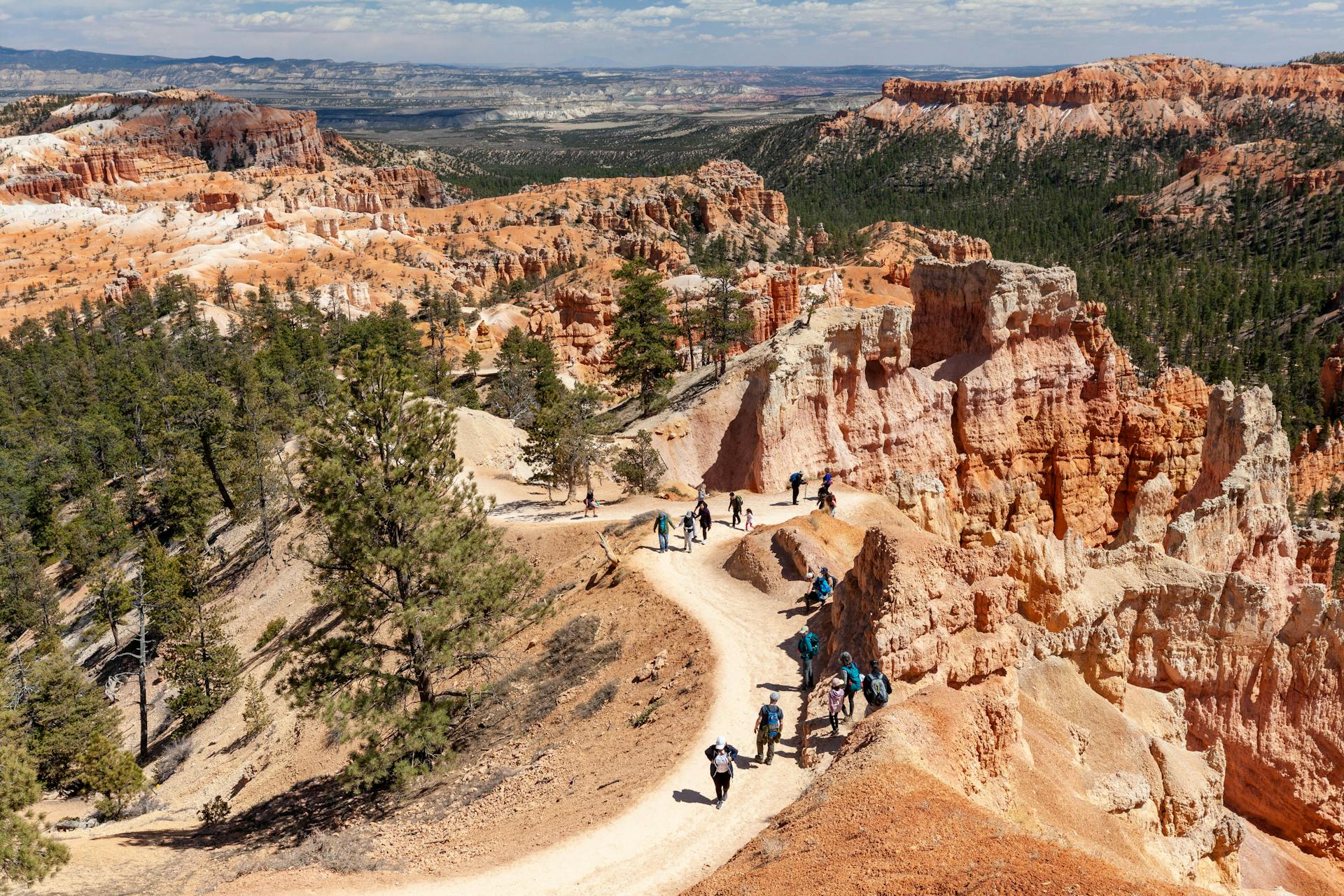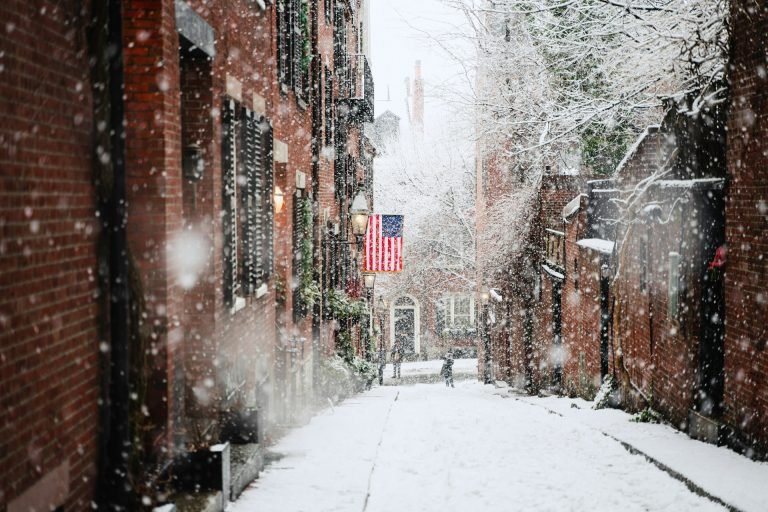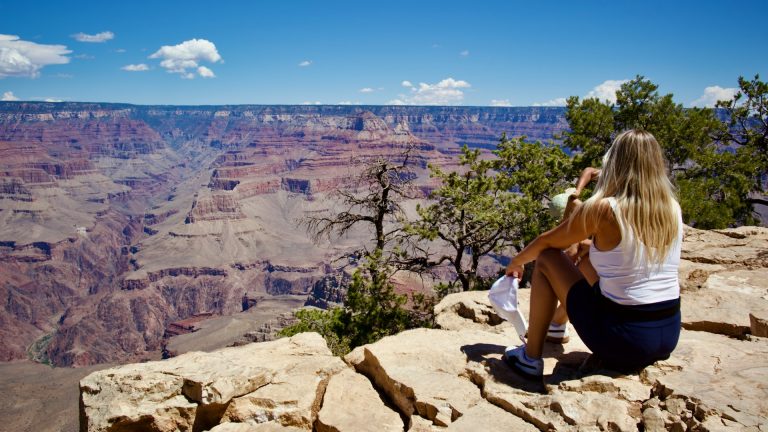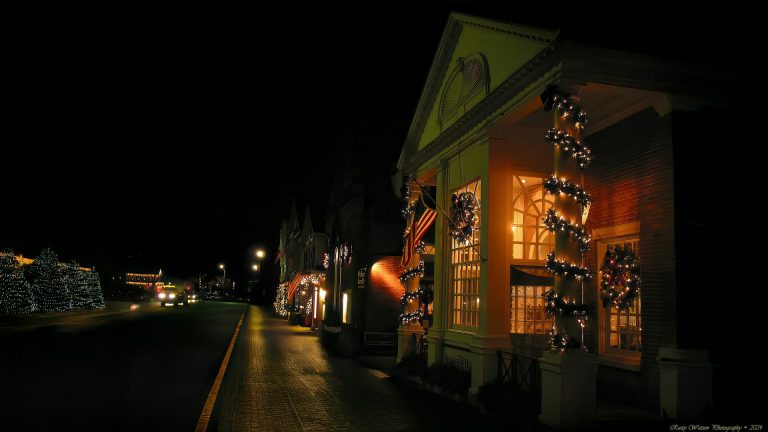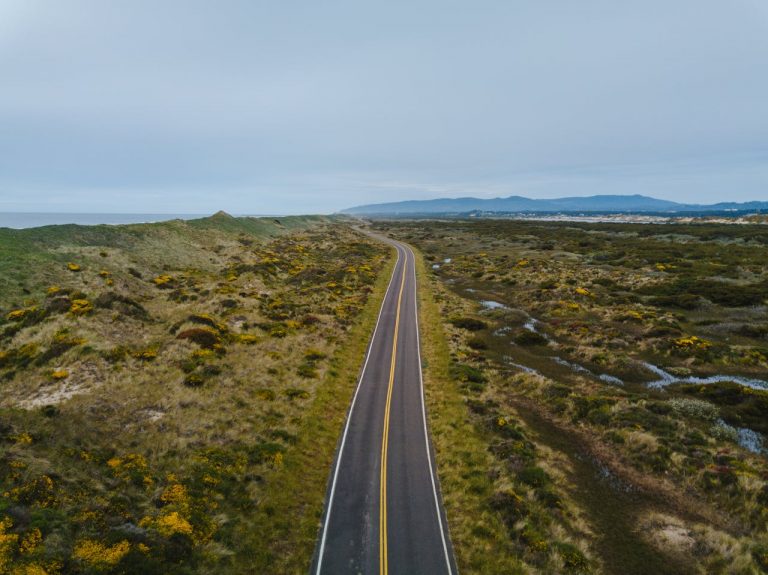I stood utterly alone at the overlook as morning light streamed through the pines above while mist ascended from the valley beneath. The area was free from selfie sticks and tour groups while no line of cars stretched into the distance. The quiet was broken only by birdsong and wildlife rustling through the undergrowth. I was exploring the solitude of Lassen Volcanic National Park which needed no passport or multiple flights but instead sat just a few hours’ drive from San Francisco.
When people think of national parks they often imagine slow-moving traffic through Yellowstone and hard-to-find parking at the Grand Canyon. A separate world of stunning landscapes exists where authentic wilderness adventures require no military-style planning.
The United States’ less popular national parks deliver the same magnificent natural beauty as their well-known counterparts but with significantly fewer visitors. These locations transform into havens for introverts and photographers while serving as protected havens for hikers where nature replaces the modern world at the forefront.
Why Seek Out Underrated National Parks?
The picturesque locations within America’s protected lands have been transformed by the images we share on Instagram. The search for that same sunrise photo or perfect view results in the loss of true wilderness experiences as people seek identical shots.
Underrated national parks offer a dual reward: These parks provide stunning scenery without crowds and allow for personal discovery beyond social media’s reach. These parks stand out as distinctively beautiful locations that haven’t achieved widespread recognition.
During my initial visit to Great Basin National Park I spent four hours hiking without seeing another person. I walked through ancient bristlecone pines with nothing but the sound of high-altitude winds to accompany me which stands in stark contrast to today’s connected world.
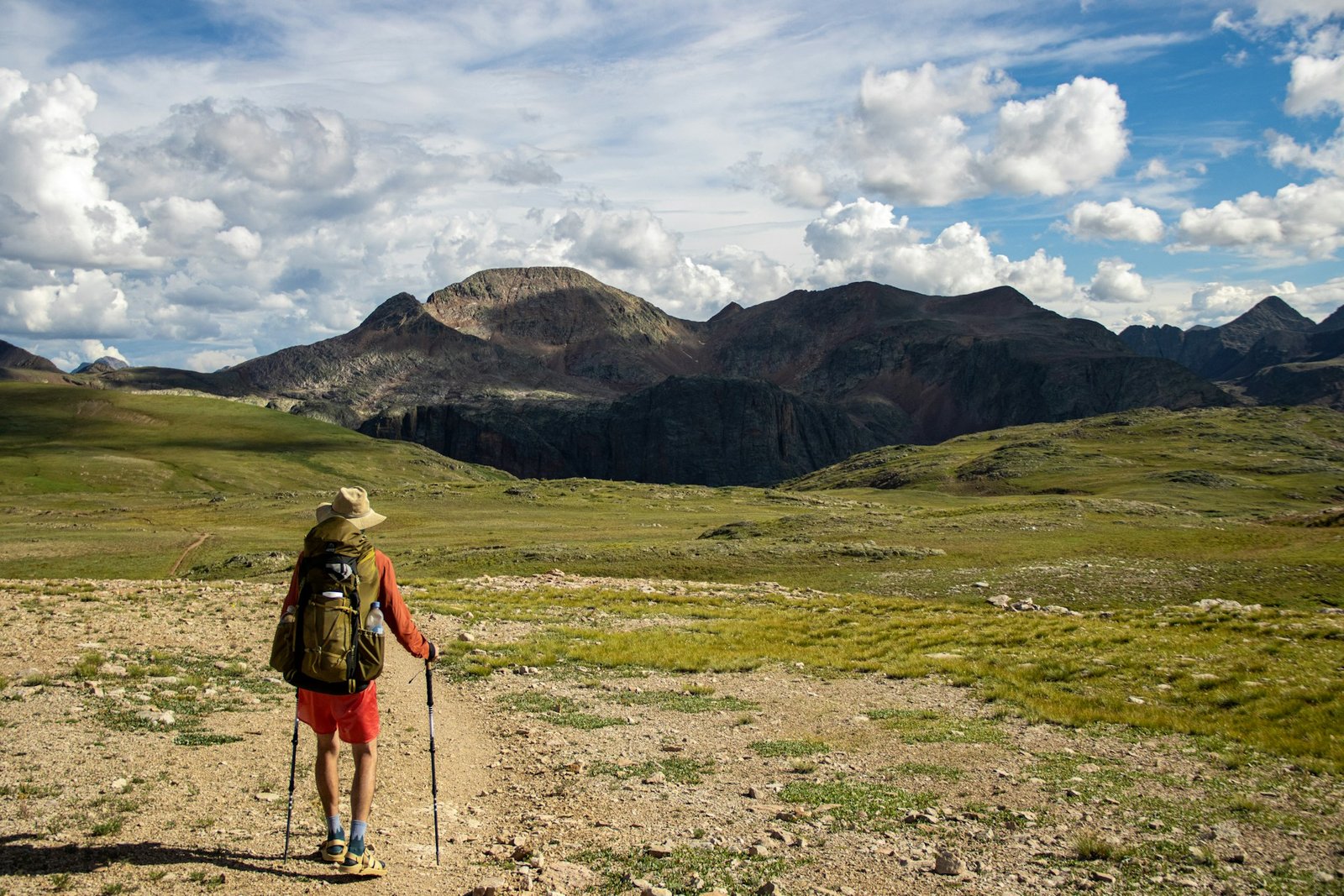
America’s Best-Kept National Park Secrets
1. Voyageurs National Park, Minnesota
Water defines this northern Minnesota wonderland, where interconnected lakes and waterways create a paddler’s paradise. Unlike many parks designed primarily for driving tours, Voyageurs is best experienced by boat, creating a natural limitation that keeps crowds at bay.
What makes it special: The night skies. Voyageurs was recently designated an International Dark Sky Park, offering some of the most spectacular stargazing in the continental United States. I once spent a summer night here watching the Milky Way reflect off Kabetogama Lake while distant wolves howled—a primal experience that felt utterly disconnected from modern life.
Best time to visit: Summer months offer warm days perfect for water exploration, while winter transforms the park into a snowshoeing and cross-country skiing wonderland.
2. Great Basin National Park, Nevada
Hidden in eastern Nevada, Great Basin defies desert stereotypes with alpine lakes, ancient bristlecone pine forests, and the magnificent Lehman Caves. The park’s remote location—hours from major airports—keeps visitor numbers modest.
What makes it special: The bristlecone pines here are among the oldest living organisms on Earth, with some trees exceeding 4,000 years of age. Standing beside these gnarled survivors, which were already ancient when Rome was founded, provides a humbling perspective shift about our brief human timescale.
Best time to visit: Late spring through fall offers the most accessible experience. Winter brings heavy snow to higher elevations.
3. Congaree National Park, South Carolina
The largest intact expanse of old-growth bottomland hardwood forest in the southeastern United States doesn’t sound immediately sexy as a travel destination—until you experience its primeval beauty firsthand. Massive trees draped in Spanish moss create an otherworldly landscape that feels like stepping back in time.
What makes it special: The champion trees. Congaree contains some of the tallest trees in eastern North America, creating a cathedral-like canopy. The elevated boardwalk trail provides accessibility without compromising the wilderness experience.
Best time to visit: Fall and spring offer pleasant temperatures and fewer insects. A word of caution, though—I once visited in peak summer and discovered mosquitoes so numerous they formed visible clouds. Lesson learned the hard way!
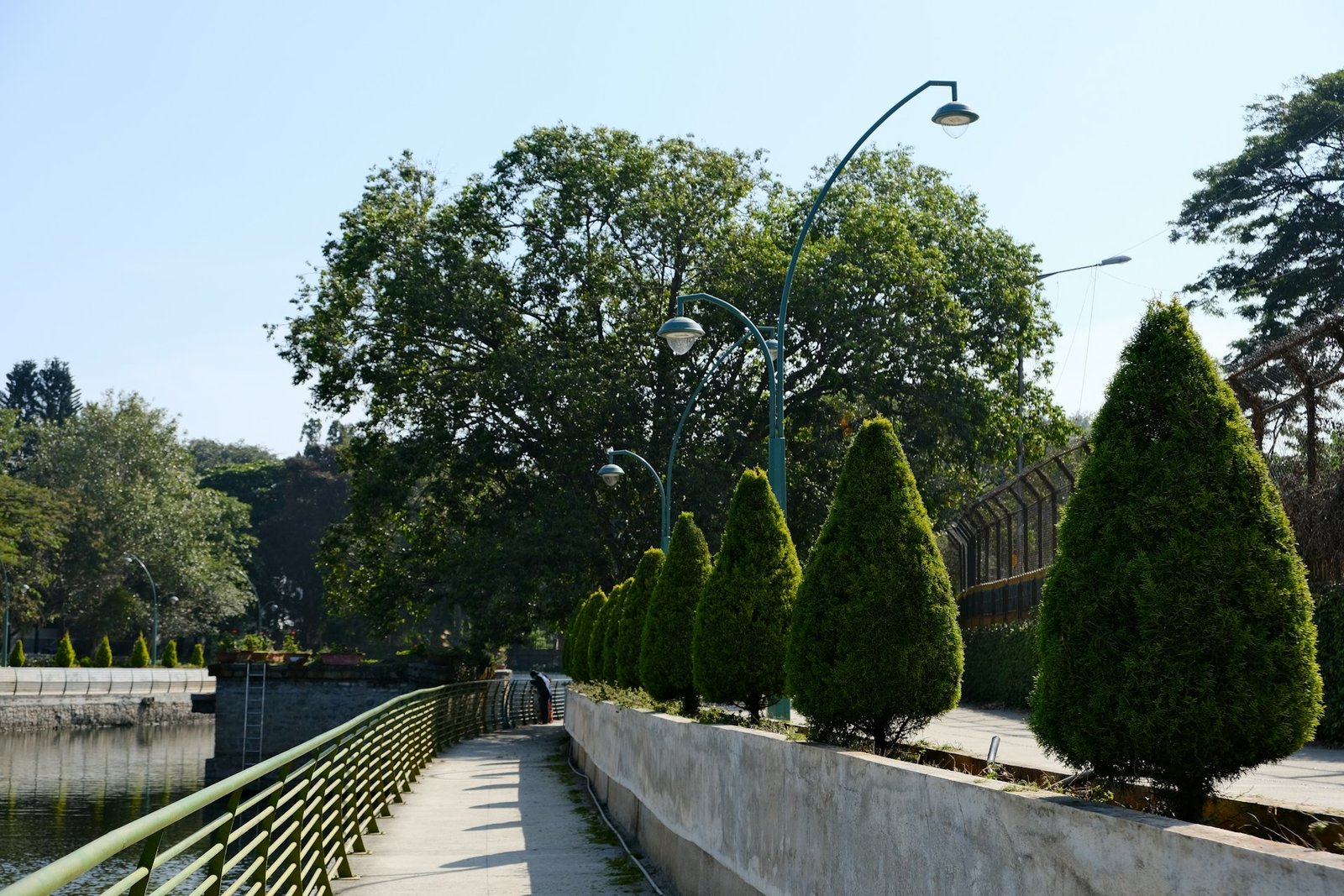
4. North Cascades National Park, Washington
Despite its proximity to Seattle, North Cascades receives a fraction of the visitors that flock to Olympic or Mount Rainier. With over 300 glaciers—more than any U.S. park outside Alaska—and alpine scenery that rivals the Swiss Alps, its underrated status is baffling.
What makes it special: The raw, untamed quality. With few roads penetrating its interior, North Cascades rewards those willing to hike with views of turquoise lakes, jagged peaks, and cascading waterfalls that feel genuinely exploratory.
Best time to visit: Mid-summer through early fall, when mountain passes are snow-free and wildflowers carpet subalpine meadows.
5. Isle Royale National Park, Michigan
The least visited national park in the continental United States is, fittingly, an island in Lake Superior that’s unreachable by car. This splendid isolation creates one of America’s most unspoiled wilderness experiences, where wolves and moose roam freely through boreal forests.
What makes it special: Its unique island ecosystem has created fascinating predator-prey dynamics between wolves and moose that scientists have studied for decades. The surrounding waters shelter shipwrecks that attract intrepid divers.
Best time to visit: The park is only open from April 16 through October 31 due to extreme winter conditions. Summer offers the most reliable weather for the ferry crossing.
6. Lassen Volcanic National Park, California
While Yosemite draws millions, its volcanic cousin to the north offers geothermal wonders, crystal clear mountain lakes, and peaceful forests with a fraction of the visitors. All four types of volcanoes found in the world exist within this single park.
What makes it special: The accessible geothermal features. Bumpass Hell (unfortunately named after an early explorer who suffered serious burns after falling through the thin crust) offers an experience similar to Yellowstone’s boardwalks but without the crowds. The main park road also provides spectacular vistas without requiring strenuous hiking.
Best time to visit: The short summer season (typically July-September) when mountain roads are fully open.
7. Guadalupe Mountains National Park, Texas
Rising dramatically from the Chihuahuan Desert, this ancient coral reef contains Texas’s four highest peaks and surprisingly diverse ecosystems. Most travelers speed past on nearby highways, unaware of the treasures hiding in these mountains.
What makes it special: The incredible fossil record preserved in its limestone formations. Hikers can literally touch ancient reef structures while enjoying views that extend for over 100 miles on clear days.
Best time to visit: Fall brings pleasant temperatures and spectacular foliage in McKittrick Canyon, often called “the most beautiful spot in Texas.”
8. Pinnacles National Park, California
Our newest national park (elevated from national monument status in 2013) showcases dramatic spires and boulder formations created by an ancient volcano that split apart and moved as the San Andreas Fault shifted over millions of years.
What makes it special: The rare wildlife. Pinnacles is one of the release sites for the critically endangered California condor recovery program, offering one of the best chances to spot these magnificent birds soaring on thermal updrafts. The talus caves formed by fallen boulders also provide a unique exploration experience.
Best time to visit: Spring brings wildflower displays and comfortable temperatures before the intense summer heat arrives.
Making the Most of Your Visit to Underrated Parks
These less-traveled parks require a different approach than their famous counterparts. Here’s how to maximize your experience:
Plan for Self-Sufficiency
Many underrated parks have limited services—few or no restaurants, spotty cell coverage, and sometimes minimal lodging options. When I visited Great Basin, I naively assumed I’d find gas near the park entrance. Forty nail-biting miles with the fuel light illuminated taught me to always fill up when possible near remote parks.
Bring more food, water, and emergency supplies than you think necessary. Paper maps are essential backups in these areas where digital navigation often fails.
Embrace Flexibility
With fewer people comes greater flexibility. Rather than needing reservations months in advance, many underrated parks allow for spontaneity. When rain unexpectedly cleared during my Lassen trip, I decided on the spot to stay two extra days—something impossible at parks where campgrounds fill at 6:01 AM on reservation day.
Connect with Rangers
With fewer visitors demanding their attention, rangers at underrated parks often have time for in-depth conversations. These passionate experts know their parks intimately and can point you toward experiences perfectly matched to your interests. At Congaree, a ranger tipped me off to an unmarked spur trail where I watched river otters playing at sunset—a highlight never mentioned in any guidebook.
Research Access Limitations
Some parks are underrated specifically because they require extra effort to access. Isle Royale demands a ferry or seaplane ride. Many roads in North Cascades close seasonally. Knowing these limitations prevents disappointment and allows proper planning.
Comparing Peak Seasons: Famous vs. Underrated Parks
| Park Comparison | Peak Season Visitors/Day | Parking Availability | Trail Congestion | Lodging Booking Window |
| Yellowstone | 30,000+ | Extremely difficult | Heavy | 12+ months ahead |
| Isle Royale | ~100 | Always available | Minimal | 3-6 months ahead |
| Yosemite | 20,000+ | Reservation required | Heavy | 12+ months ahead |
| Lassen Volcanic | ~1,000 | Readily available | Light | 2-3 months ahead |
| Zion | 15,000+ | Shuttle required | Heavy | 6+ months ahead |
| Guadalupe Mountains | ~200 | Always available | Minimal | 1-2 months ahead |
This stark contrast in visitation creates fundamentally different experiences. While famous parks offer exceptional infrastructure, they increasingly require vacation planning worthy of a military campaign. Underrated parks allow for the spontaneity and discovery that originally defined America’s national park experience.
Conservation Considerations
There’s an ethical dimension to seeking out underrated parks as well. Overtourism threatens both the ecological integrity and visitor experience at America’s most famous natural landmarks. By distributing our impact across the broader national park system, we help preserve these treasures for future generations.
That said, these quieter parks often have more fragile ecosystems precisely because they’ve been sheltered from mass tourism. Practice leave-no-trace principles religiously: stay on established trails, pack out all trash, and minimize your impact on these precious places.
The Joy of Discovery
There’s something deeply satisfying about having a transcendent natural experience that hasn’t been pre-packaged and filtered through social media. Standing alone on a mountain overlook or watching wildlife that behaves naturally—not habituated to constant human presence—connects us to something primal and increasingly rare.
I remember watching a sunset at Pinnacles from High Peaks Trail, the rock formations glowing copper and gold in the fading light. Two massive California condors soared overhead, their shadows passing across my face. Not another human was in sight. I didn’t immediately reach for my phone to document it—I simply existed in that perfect moment, storing it in memory rather than pixels.
That’s the gift of America’s underrated national parks: the space to have your own experience, unmediated by crowds or expectations. They remind us what the more famous parks must have been like before they became bucket-list destinations—wild places where nature sets the agenda and humans are just passing through.
As Edward Abbey wrote, “Wilderness is not a luxury but a necessity of the human spirit.” In America’s underrated national parks, that necessity remains accessible without reservation systems, timed entries, or Instagram crowds. Perhaps that’s the greatest luxury of all.
FAQs About Underrated U.S. National Parks
Which national parks have the fewest visitors?
Isle Royale National Park in Michigan consistently ranks as the least visited in the continental United States, followed by North Cascades in Washington and Katmai in Alaska. Their remote locations and limited access contribute to their peaceful, uncrowded atmosphere.
What’s the best underrated national park for families?
Lassen Volcanic National Park offers excellent family experiences with accessible boardwalks, fascinating geothermal features that captivate children, and relatively easy hiking trails with spectacular payoffs.
When is the best time to visit less crowded national parks?
Shoulder seasons (spring and fall) typically offer the ideal combination of good weather and minimal crowds. However, some underrated parks in mountainous regions have very short summer seasons due to snow, so research each park’s specific conditions.
Do underrated national parks have lodging options?
Accommodations vary widely. Some, like Lassen and Guadalupe Mountains, have campgrounds but no lodges. Others, like Isle Royale, offer rustic lodging. Many have excellent options just outside park boundaries in gateway communities.
Are underrated parks less scenic than famous ones?
Absolutely not! These parks protect equally spectacular landscapes but have remained less visited due to factors like remote locations, limited access points, or being overshadowed by more famous neighbors.
How can I reach parks without road access like Isle Royale?
Isle Royale is accessible by ferry services from Michigan and Minnesota, or by seaplane. Other remote parks may require boat transportation or hiking in from designated access points.
Are permits required for hiking in less visited national parks?
While day hiking rarely requires permits, backcountry camping permits are commonly required for overnight trips, even in less visited parks. These are generally easier to obtain than in famous parks but still require planning.
What wildlife might I see in underrated national parks?
Many underrated parks offer excellent wildlife viewing, from wolves and moose at Isle Royale to California condors at Pinnacles. Less human traffic often means wildlife behaves more naturally and may be more visible.
Are underrated national parks suitable for beginner hikers?
Many underrated parks have excellent options for beginners. Congaree’s elevated boardwalk trail, Lassen’s Manzanita Lake loop, and Great Basin’s Mountain View Nature Trail offer spectacular experiences without demanding technical skills or extreme fitness.
How can I help preserve these less-visited natural areas?
Practice leave-no-trace principles rigorously, stay on established trails, properly store food to avoid habituating wildlife to human sources, and consider volunteering with park conservation programs during your visit.
Essential Gear and Resources for Exploring Underrated National Parks
Navigation Tools
- Gaia GPS Premium – https://www.gaiagps.com – The gold standard for offline topographic maps with downloadable national park trails and backcountry routes.
- National Geographic Trail Maps – https://www.natgeomaps.com – Waterproof physical maps that work when electronics fail in remote park locations.
Lodging Options
- Recreation.gov – https://www.recreation.gov – Official booking platform for national park campgrounds and some lodges.
- Hipcamp – https://www.hipcamp.com – Find private camping options near national parks when official campgrounds are full.
Planning Resources
- National Park Service Official App – https://www.nps.gov/subjects/digital/nps-apps.htm – Free app with official maps, hiking information, and visitor centers for all national parks.
- AllTrails Pro – https://www.alltrails.com – Comprehensive trail database with user reviews and downloadable offline maps.
Essential Gear
- Osprey Talon 22 Daypack – https://www.osprey.com – Perfect size for day hikes with excellent organization and comfort features.
- Black Diamond Distance Z Trekking Poles – https://www.blackdiamondequipment.com – Lightweight, collapsible poles that save your knees on steep terrain.
Safety Equipment
- Garmin inReach Mini – https://www.garmin.com – Satellite communicator essential for parks with limited cell coverage.
- Adventure Medical Kits Mountain Series Backpacker Kit – https://www.adventuremedicalkits.com – Comprehensive first aid supplies sized for multi-day trips.
Wildlife Viewing
- Nikon Monarch M5 8×42 Binoculars – https://www.nikonusa.com – Excellent mid-range binoculars for wildlife spotting without breaking the bank.
- Sibley’s Guides to Birds – https://www.sibleyguides.com – Region-specific field guides for bird identification.
Photography Equipment
- Peak Design Capture Clip – https://www.peakdesign.com – Keeps your camera accessible on backpack straps without neck strain.
- Moment Phone Lenses – https://www.shopmoment.com – Transform smartphone photography with wide-angle and telephoto options.
Hydration Solutions
- HydraPak Seeker 3L – https://hydrapak.com – Collapsible water storage that packs tiny when empty.
- Sawyer Squeeze Water Filter – https://www.sawyer.com – Lightweight water filtration system essential for backcountry exploration.
Specialty Tours and Services
- REI Adventures – https://www.rei.com/adventures – Offers guided trips to some underrated parks with all logistics handled.
- Isle Royale Seaplanes – https://www.isleroyaleseaplanes.com – Fastest access to America’s least visited national park.
- Congaree Swamp Tours – https://www.canoethewild.com – Guided paddling experiences through Congaree’s magical waterways.
- America the Beautiful Annual Pass – https://www.nps.gov/planyourvisit/passes.htm – Essential for multi-park visits, covering entrance fees for all national parks for one year.
